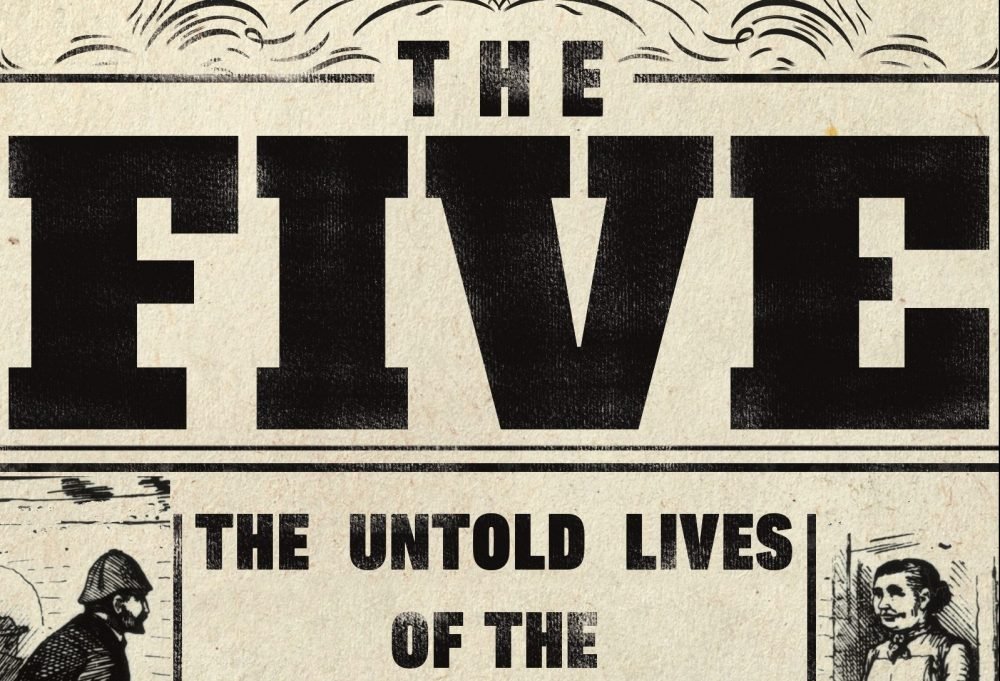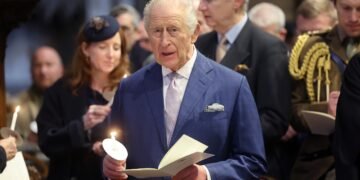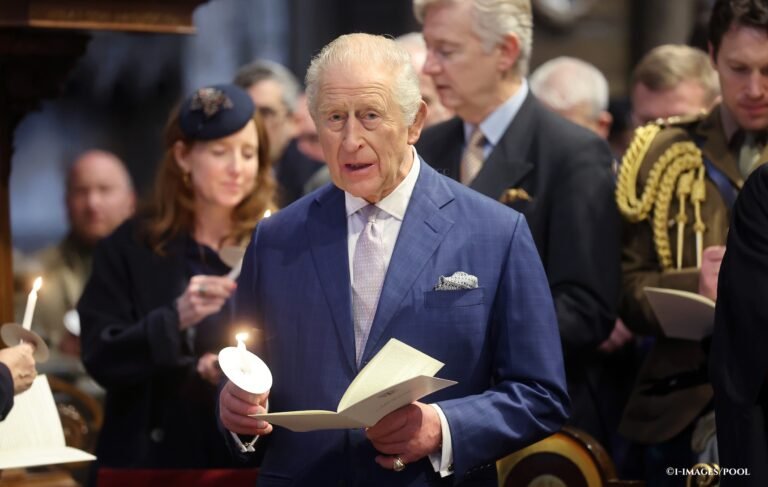There’s no doubt that ‘The Five’ by Hallie Rubenhold is a landmark in the Jack the Ripper saga. The first book dedicated solely to the victims, their stories and their lives, it’s unlike any other account of the infamous Victorian serial killer. For that reason, ‘The Five’ probably won’t appeal to fans of true crime searching for a gore fix; instead, it’s more of an insight into Victorian London, the lives of those who were on the ‘wrong side of the tracks’ and the limited paths available to them.
The Five: the Untold Lives of the Women Killed by Jack the Ripper
By Hallie Rubenhold
Winner of the Baillie Gifford prize for nonfiction 2019
Open a new chapter in the Jack the Ripper mystery as ‘The Five’ introduces us to Polly, Annie, Elizabeth, Catherine and Mary Jane, the overlooked victims
★★★★ rating
Throughout the book, it’s remarkable how Rubenhold manages to recount the lives of the Ripper’s five ‘canonical’* victims, given the limited information available. With court testimony missing, news stories exaggerated and scandalised to sell papers and no real DNA evidence, Rubenhold still builds an image of each woman, allowing the reader to feel real empathy for Polly Nichols, Annie Champan, Elizabeth Stride, Catherine Eddowes and Mary Jane Kelly.
*canonical victims refers to the five women widely accepted to have been murdered by Jack the Ripper; there are other women killed at this time that could fit the Ripper profile, but it is less certain.
More importantly, ‘The Five’ finally dismisses the widely accepted view that the victims were prostitutes and, as some contemporary accounts suggest, ‘deserved’ their fate. Indeed, there is little to no lasting evidence that Polly, Anne or Catherine ever sold their bodies on the Whitechapel streets, and this is a fascinating addition to the story of Jack the Ripper.
Throughout the centuries, serial killers have frequently targeted prostitutes and other vulnerable demographics who ‘would not be missed’ or ‘deserved their fate’ – look at the Yorkshire Ripper, Peter Sutcliffe, who was active in the 1970s, and nicknamed after his Victorian predecessor because he targeted sex workers. If these women were not prostitutes, it means that the accepted view on the Ripper’s motivations may be wrong, which could open up many possibilites as to his real identity.
Rubenhold also explores a side of Victorian society which is often overlooked. Instead of the demure women we expect of that era (largely due to Queen Victoria and her lengthy matronly period), ‘The Five’ introduces us to the dark side of alcohol addiction in women. This topic, in fact, is not openly discussed in any time period, and it is interesting to learn how women could lose everything to drink. Annie Chapman, the second to die, was a soldier’s daughter who would eventually go on to live on the Berkshire estate owned by her husband’s employer, before falling victim to the serial killer on the streets of Whitechapel, having lost her family and respectable position to her alcoholism.
Even those who have read extensively on Jack the Ripper will likely learn something new while reading ‘The Five’. I have personally listened to many podcasts on the murders, but I never knew that Elizabeth Stride, the third victim, was actually a Swedish national who had emigrated to London in 1866.
There is no doubt that most learning resources and entertainment takes on Jack the Ripper are so wrapped up in the mystery of who the killer was, that the women are overlooked. Many London attractions have been heavily criticised for exploiting the women’s deaths for shocking attractions. For example, the relatively new Jack the Ripper museum turns the women into little more than a gory detail, while the London Dungeon has hosted a Jack the Ripper experience, with celebrities such as Harry Potter’s Rupert Grint attending the launch party.
I cannot claim to be innocent of this macabre interest; on my last trip to London, I dragged my parents to the Ten Bells pub in Spitalfields, where Annie Chapman and Polly Nichols were seen just before their deaths. The bar, even on a bright January afternoon, had an uneasy atmosphere and I will go to my grave swearing my mum and I experienced something supernatural on our way to the bathrooms upstairs. However, after reading ‘The Five’, on my next trip to London I would like to revisit Spitalfields and Whitechapel to visit more ‘Ripper sites’, but I believe I would look at those in a different light, as the book humanises the victims.
I think this is the key point of ‘The Five’: the book makes you think and question all your existing beliefs on one of history’s most infamous cold cases. If you’re looking for an account of the Ripper murders, or speculation as to who the murderer really was, ‘The Five’ is not the book for you.
As a big fan of true crime, I did at times feel the narrative ended abruptly as Rubenhold does not really enter into details about the murders themselves or explore who Jack the Ripper could be, or his motives. While this is unquestionably Rubenhold’s objective for the book, it does jar slightly with expectations and could leave certain readers looking for more. However, the book is well worth a read for those who have an interest in the gritty reality of Victorian society.







